
Embrace the dynamic world of digital anime art with this comprehensive guide.
Explore 10 essential steps, from understanding digital tools and software selection to mastering sketching, shading, color theory, and character anatomy.
Learn to perfect detailing and navigate the digital drawing process, culminating in effective progress tracking.
This tutorial provides a detailed, innovative approach to mastering digital anime drawing, inviting you to translate your creative vision into compelling, vibrant characters.
In the realm of digital anime drawing, understanding and utilizing essential digital art tools is of paramount importance.
Digital brushwork, for instance, is an integral skill, dictating the texture and quality of the final artwork. Mastery of various brush types - from hard-edged to soft, textured to smooth - can dramatically improve the intricacy of your drawings.
Furthermore, software compatibility plays a significant role in ensuring a seamless workflow. Different drawing applications offer unique features, and selecting the right software that suits your style and supports your preferred digital brushes is crucial.
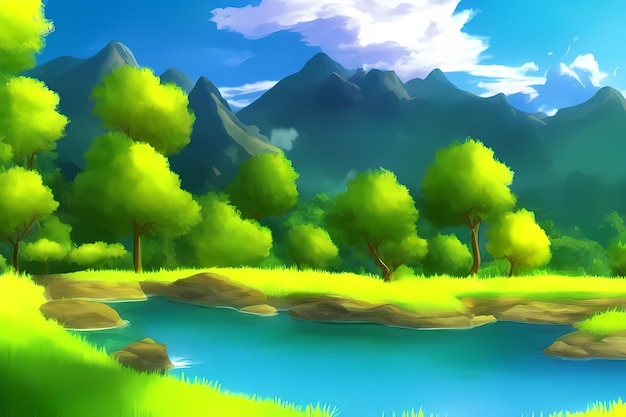
Coupling an in-depth understanding of digital brushwork with the right software can yield astonishing results, propelling your digital anime drawing capabilities to new heights.
Selecting the Right Software for Anime Drawing
Both the capacity of the software and its compatibility with your tools are critical factors to consider when selecting the right software for anime drawing. A detailed software comparison will illuminate the strengths and weaknesses of each, guiding your choice.
Prioritize software that offers comprehensive feature benefits, including a myriad of brushes and layers, natural lines and textures, and editing capabilities. Look for software that supports high-resolution work and incorporates pressure sensitivity, allowing for more nuanced drawings.
Moreover, consider the software's learning curve. Is it user-friendly or does it require extensive training?
Finally, ensure the software is compatible with your hardware, to prevent any technical difficulties.
Selecting the right software is a key step to mastering digital anime drawing.
Mastering the Basics: Sketching and Drawing Lines
Mastering the art of sketching is crucial, and drawing lines effectively is equally essential for success in digital anime art. Understanding line weight variations is the foundation of this mastery.
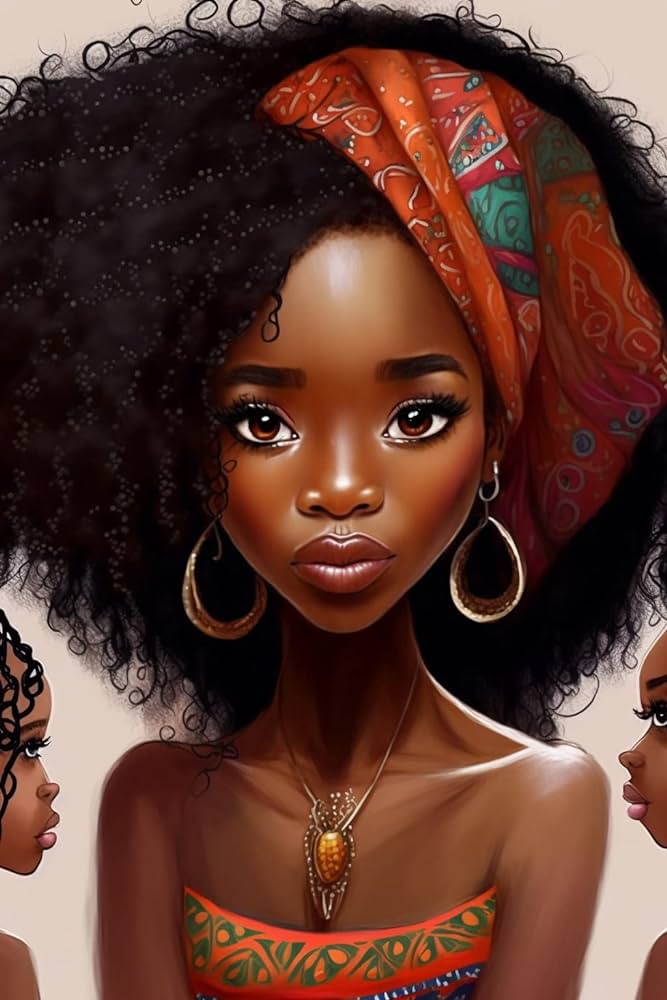
Different line weights add depth and dimension, bringing your anime characters to life. Heavier lines can indicate shadow or importance, while lighter lines suggest less weight or distance. This plays into perspective drawing principles - a key component in creating a believable anime world.
Perspective drawing involves realistically representing three-dimensional objects on a two-dimensional surface. This requires a meticulous grasp of vanishing points and horizon lines.
Through diligent practice, you can transform simple sketches into dynamic, immersive anime art. Embrace these techniques to innovate your digital art journey.
The Art of Shading: Adding Depth to Your Anime Drawings
In the realm of digital anime art, mastering the art of shading is a crucial step to imbue your drawings with depth and dimensionality. Through exploration of various shading techniques, artists can create a nuanced sense of light and shadow in their work.
Enhancing depth perception in anime drawings can significantly elevate the overall visual impression, imbuing the artwork with a compelling sense of realism.
Shading Techniques Exploration
With a focus on the art of shading, this section will explore various techniques to add depth and realism to your digital anime drawings.
The first step involves exploring light sources. This technique provides a foundation for understanding how the light interacts with the characters, setting the tone and mood of your artwork. By manipulating the direction and intensity of light, you can create dramatic effects and establish a sense of three-dimensionality.
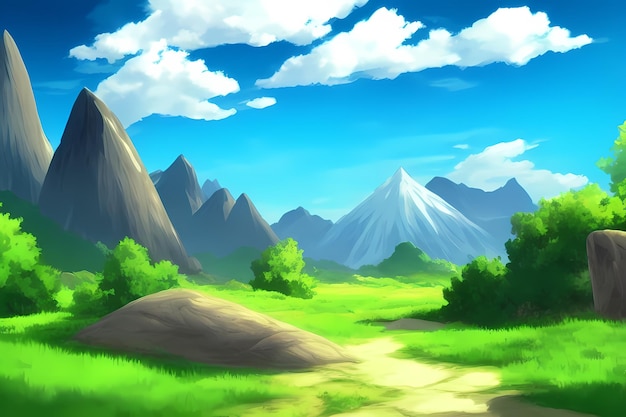
The second technique, understanding cast shadows, is crucial for rendering realistic images. Shadows are a direct result of light sources and their interaction with objects. They not only add depth but also provide a sense of volume and spatial relationships among objects.
These techniques, when mastered, will significantly enhance your digital anime drawings.
Depth Perception Enhancement
Delving further into the nuances of depth perception, three primary factors will be discussed in this section: shading, highlighting, and the strategic use of color to add richness and dimension to your anime drawings. These techniques are vital for creating a visual illusion of depth and perspective in your drawings.
Shading: This technique adds depth by creating a gradient effect from light to dark.
Highlighting: By emphasizing the light areas, you can create a three-dimensional effect.
Strategic Use of Color: Colors can set the mood of the drawing and help create a sense of space.
Perspective Drawing: This technique is fundamental for creating a realistic depth perception.

These techniques, when applied correctly, can greatly enhance the depth perception in your anime drawings, making them more visually appealing and realistic.
Color Theory in Anime: Picking the Perfect Palette
Color theory plays a fundamental role in anime drawing, setting the tone and aesthetic appeal of your work. Mastering this concept allows you to choose the perfect palette that can enhance the overall visual impact of your anime drawing.
In this section, we will explore the nuances of anime color theory and provide you with practical guidelines to select the ideal color palettes for your digital creations.
Understanding Anime Color Theory
While it is crucial to master the basic drawing techniques in anime, it is equally important to understand the color theory, as it plays a pivotal role in bringing your characters to life and setting the overall mood of your art. In this context, it is crucial to comprehend Anime Color Psychology and the Impact of Light Sources on your anime creations.
Here are some key points to consider:
- Consider the psychological impact of colors on viewers. Different hues evoke distinct emotions.
- Reflect on the impact of light sources. The direction and intensity of light alter colors significantly.
- Don't forget about color harmony. Harmonious colors enhance the aesthetic appeal of your design.
- Finally, experiment with different color palettes. This will foster your understanding of anime color theory.
Choosing Ideal Palettes
In the realm of anime art, selecting the perfect palette is a critical step that can significantly influence the overall aesthetic and emotional impact of the finished piece. This process is deeply intertwined with color psychology and anime aesthetics, as each hue can evoke different feelings and moods.
For instance, vibrant reds and oranges can instill energy, while blues and purples often evoke tranquility or melancholy. Therefore, artists must carefully consider their color choices to align with the narrative or character's personality.
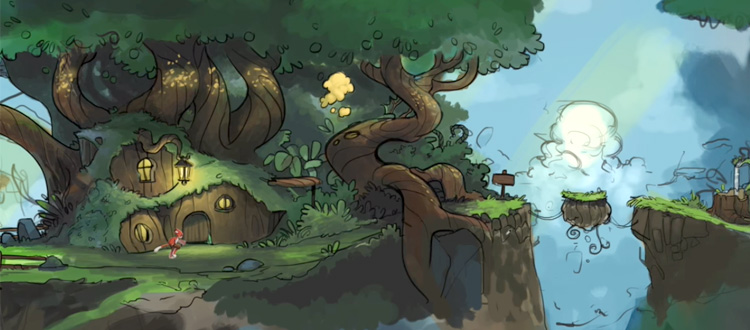
Digital art techniques allow for easy experimentation with various palettes, enabling artists to rapidly preview and adjust their selections. This flexibility fosters continuous innovation, pushing the boundaries of traditional anime aesthetics and creating uniquely captivating visuals.
Character Design: Drawing Anime Faces and Expressions
One must understand that capturing the distinctive features and emotions in anime faces is a fundamental skill in character design. This includes aspects such as Anime hair styling and Manga inspired makeup that add to the unique identity of each character.
Here are some important steps to follow:
- Research and study the different styles of anime faces, expressions, and hairstyles.
- Practice drawing basic facial structures before adding details.
- Experiment with various anime hair styling techniques to create diverse characters.
- Understand the significance of Manga inspired makeup in expressing a character's personality or situation.
With dedication and practice, you can master these skills and take your digital anime drawing to the next level.
Anatomy of Anime: Crafting Characters Bodies
Although mastering facial features is crucial, it is equally important to grasp the intricacies of the anatomy of anime bodies to create a coherent, well-rounded character. Understanding the fundamentals of anatomy helps in crafting believable character postures, capturing the essence of dynamic movements, and creating convincing renditions of anime clothing.
Emphasize on the body's proportions while being mindful of the stylistic exaggerations typical in anime. Use guides and grids to achieve symmetrical body structures. Experiment with various postures to evoke different emotions and situations.
Master the art of draping anime clothing, which can add depth and realism to your character. Remember, the key lies in constant practice and iterative improvements. Always track your progress and strive for innovation.
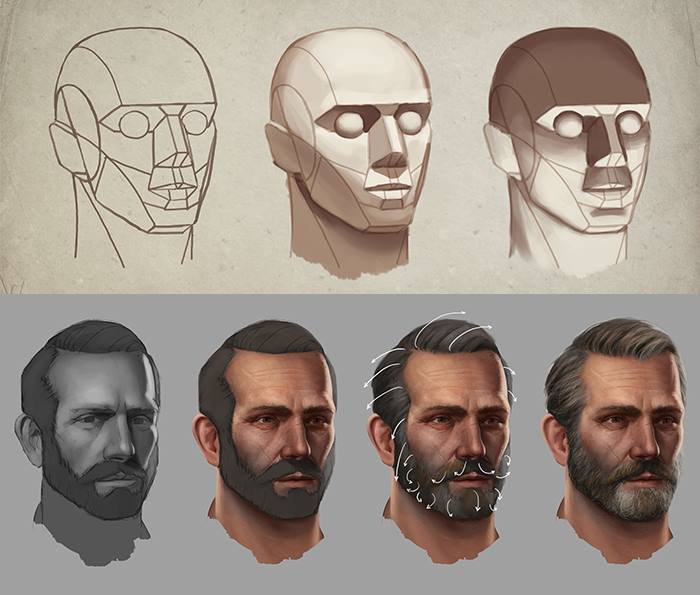
Detailing and Finishing Touches: Perfecting Your Anime Art
Every artist knows that details can make a significant difference in the overall quality of their anime art, providing the finishing touches that bring the work to life. To perfect your anime art, focus on techniques such as Character Personalization and Texture Exploration.
Character Personalization: Implementing unique character attributes, from facial expressions to clothing style, can create a distinct, relatable persona.
Texture Exploration: Experiment with different digital brushes or tools to mimic real-world textures, enhancing the visual depth.
Color Grading: Proper use of colors can set the mood, express character emotions, and create visual harmony.
Shading and Lighting: These techniques give a sense of volume, enhancing the 3D illusion on a 2D plane.
From Sketch to Final Piece: The Digital Drawing Process
Navigating through the eight essential phases of the digital drawing process, from conceptual sketching to the final artwork, poses both an exciting challenge and a unique opportunity for growth for aspiring anime artists.
This process begins with outlining your character and exploring various anime styles to find one that best suits your creative vision.
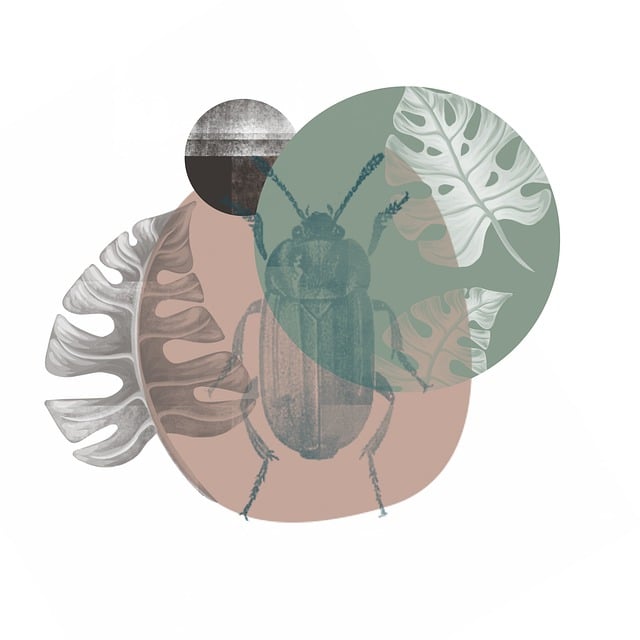
Next, move to the Character Animation phase, where you breathe life into your character through dynamic poses and expressive facial features.
This is followed by detailing, shading, and adding texture to your character to enhance its three-dimensionality.
Lastly, apply finishing touches such as lighting and color adjustments to create a visually striking final piece.
This comprehensive process combines technical skill with artistic intuition, ultimately leading to a masterpiece that resonates with your audience.
Progress Tracking: How to Measure Your Improvement in Digital Anime Drawing
To effectively gauge your development in digital anime drawing, it is crucial to set up a system that accurately tracks your progress over time. A comprehensive progress tracking system involves several key elements:
Goal Setting: Clearly defined goals provide a roadmap for your improvement journey. These should be specific, measurable, achievable, relevant, and time-bound (SMART).
Regular Practice: Consistency is the key to mastery. Daily or regular practice helps refine your skills.
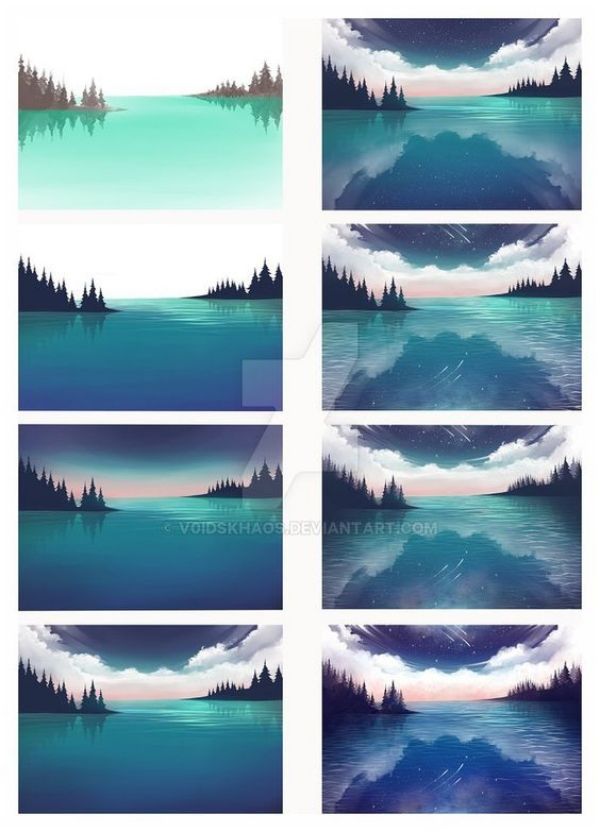
Feedback Importance: Constructive criticism from peers or mentors can provide valuable insights into areas of improvement.
Periodic Review: Regularly reviewing your past works can highlight your progress and areas where further work is needed.
This approach fosters an environment that encourages continuous learning and innovation, key aspects of becoming a proficient digital anime artist.
Frequently Asked Questions
How Can I Keep Myself Motivated to Continue Learning Digital Anime Drawing?
Implement motivational techniques like setting achievable goals, celebrating small victories, and maintaining a consistent practice schedule. Reward systems, such as treating yourself after reaching a milestone, can also boost motivation to continue learning digital anime drawing.
Are There Any Online Communities or Forums for Digital Anime Artists Where I Can Share My Work and Get Feedback?
Exploring art platforms such as DeviantArt, ArtStation, and Pixiv can greatly benefit digital anime artists. These platforms facilitate building an online portfolio, fostering community interaction, and obtaining constructive feedback to refine your artistic skills.
How Much Time Should I Dedicate Each Day to Practice and Improve My Digital Anime Drawing Skills?
To enhance your digital anime drawing skills, dedicate at least 2-3 hours daily for practice. This includes familiarization with drawing equipment and software choices, which play integral roles in your artistic development.
Can I Make a Career Out of Digital Anime Drawing? if So, What Are the Possible Career Paths?
Yes, a career in digital anime drawing is viable. Opportunities in the anime industry range from concept artist to animator. Additionally, digital art freelancing offers flexibility to work on diverse projects globally.
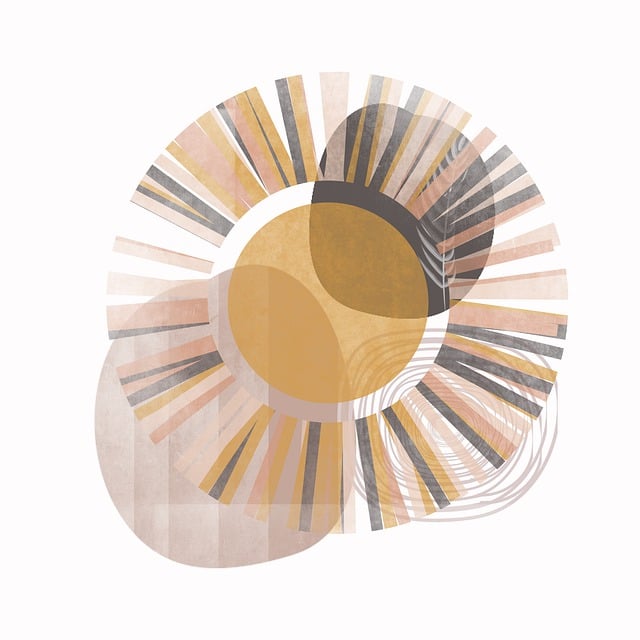
What Are Some of the Common Mistakes Beginners Make in Digital Anime Drawing and How Can I Avoid Them?
Common beginner mistakes in digital anime drawing include incorrect anime proportions and misuse of digital shading techniques. Avoid these by practicing accurate proportioning, studying light sources, and honing your digital shading skills.
 Digital Art InstructionDIY Infographics DesignMobile Game ArtworkPersonalized Logo Design3D AnimationeBook Covers DesignPrivacy PolicyTerms And Conditions
Digital Art InstructionDIY Infographics DesignMobile Game ArtworkPersonalized Logo Design3D AnimationeBook Covers DesignPrivacy PolicyTerms And Conditions
